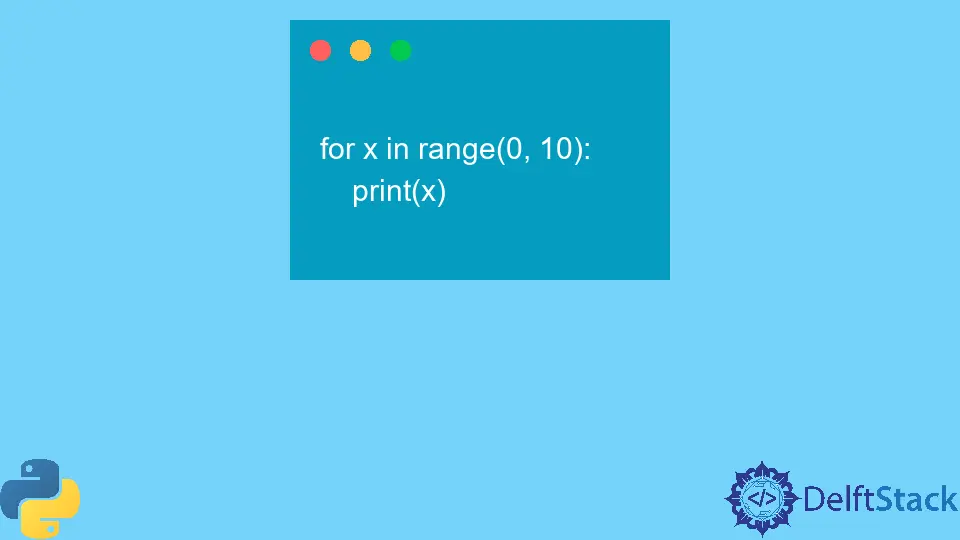在 Python 中向后迭代
Muhammad Maisam Abbas
2023年10月10日

for 循环中的 range() 函数也可用于向后迭代,只需在 Python 中将第三个参数设置为 -1。在本教程中,我们将进一步讨论此功能,以便你也可以执行此程序。
使用 Python 中的 range() 函数向后迭代
以下代码示例演示了 range() 函数与 for 循环的传统用法:
for x in range(0, 10):
print(x)
输出:
0
1
2
3
4
5
6
7
8
9
range() 函数的这种用法为我们提供了从 0 开始到 9 结束的值,每次增量为 1。但是如果我们想从 10 开始,以 1 结束,每次递减 1 呢?对我们来说幸运的是,range() 函数已经解决了这个问题。
range() 函数具有第三个参数,用于确定第一个值的迭代变化,直到它达到第二个值。这第三个参数称为步长。如果我们想在每次迭代中将第一个参数递减 1,我们可以在 step 参数中指定 -1。你可以使用以下程序片段使用 range() 函数中的 step 参数向后迭代:
for x in range(10, 0, -1):
print(x)
输出:
10
9
8
7
6
5
4
3
2
1
我们从 10 到 1 进行迭代,同时使用上面代码中的 range() 函数每次递减 1。这种方法非常易于使用且简单明了,因此不需要另一种方法来实现这一目标。
Maisam is a highly skilled and motivated Data Scientist. He has over 4 years of experience with Python programming language. He loves solving complex problems and sharing his results on the internet.
LinkedIn